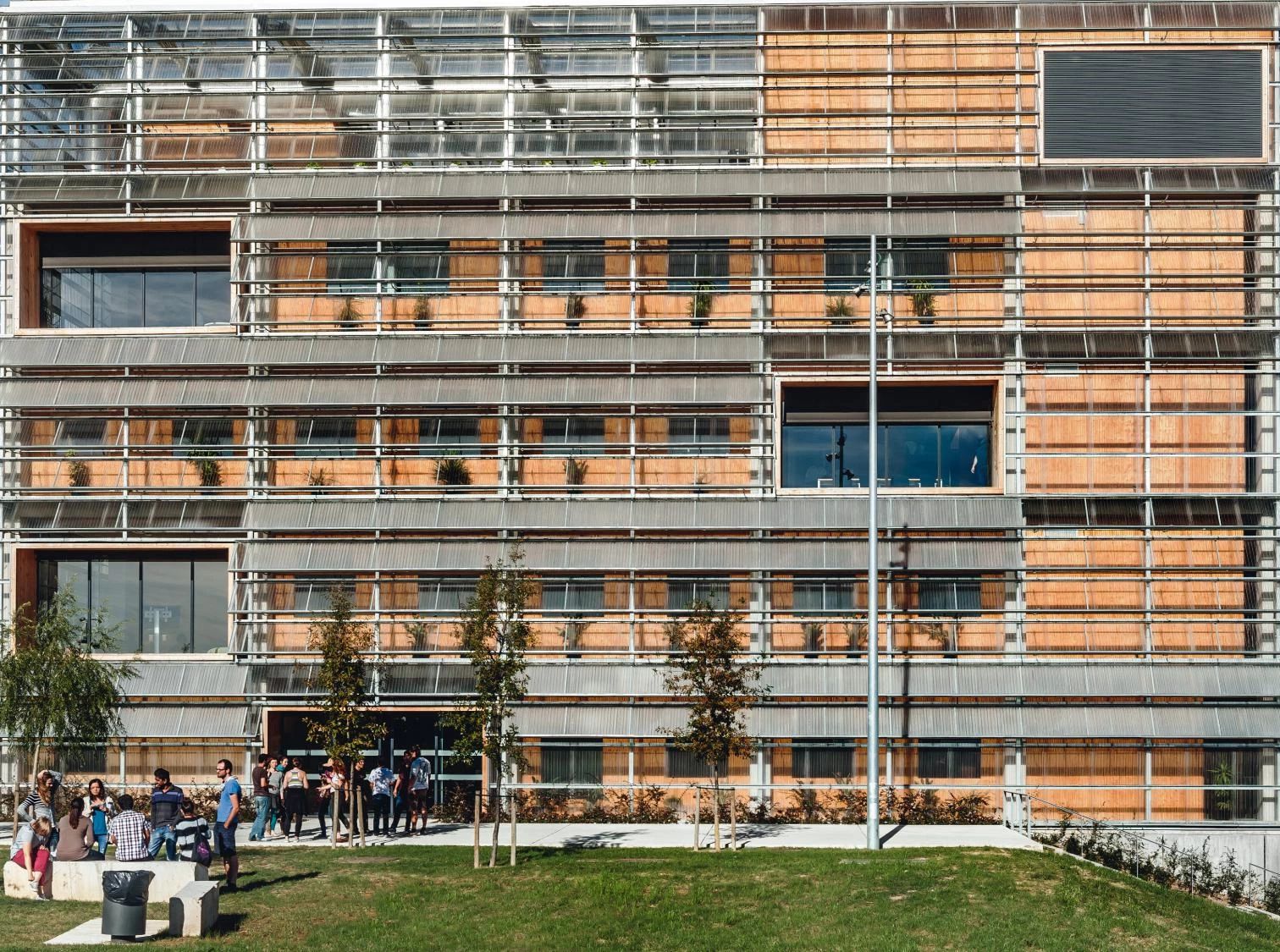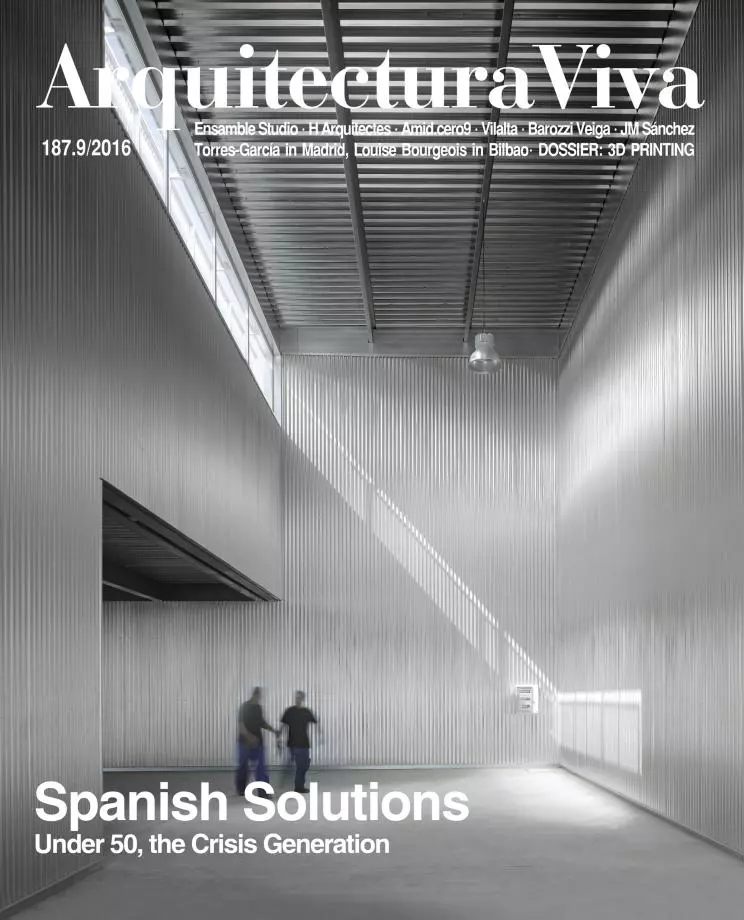Survival Lessons
Six Examples of Adaptation

H Arquitectes + DATAAE, Centro de investigación ICTA-ICP Research Center, Cerdanyola del Vallès (Barcelona)
It should come as no surprise that as the ‘crisis’ reveals itself to be less cyclical and rather endemic, the demand for architecture declines. Spain, one of the hardest hit since 2008, in particular because of the exponential growth of its construction industry during the first decade of the new millenium, remains grossly ‘overbuilt.’ If climatoligists have been trying to prepare humanity to accept the theory of the Sixth Extinction, Spanish architects have been among the first to recognize a sort of professional extinction. In Darwinian terms one can proceed allegorically to estimate the survival of the architectural species using these canonical analogues: survival of the fittest, adaptation/mutation, and mutual aid. Thus, in the first group we will find the few well-established firms, whose principals tend to be over 60 and have an established range of projects both in Spain and abroad. The second group, anagraphically younger, more flexible in rethinking the role of the architect, has produced a wide range of adaptative strategies, featured in ‘Unfinished,’ the Spanish pavilion at the Venice Biennale of 2016, curated by Iñaqui Carnicero and Carlos Quintáns, working somewhere between infill, infrastructure, and landscape. In the third category, the survival of Spanish architects depends on collective support through schools, cooperatives, and professional organizations. Many Spanish architects I have encountered recently rely upon teaching jobs, usually outside of Spain. In these cases, to survive is to migrate.
[+]





